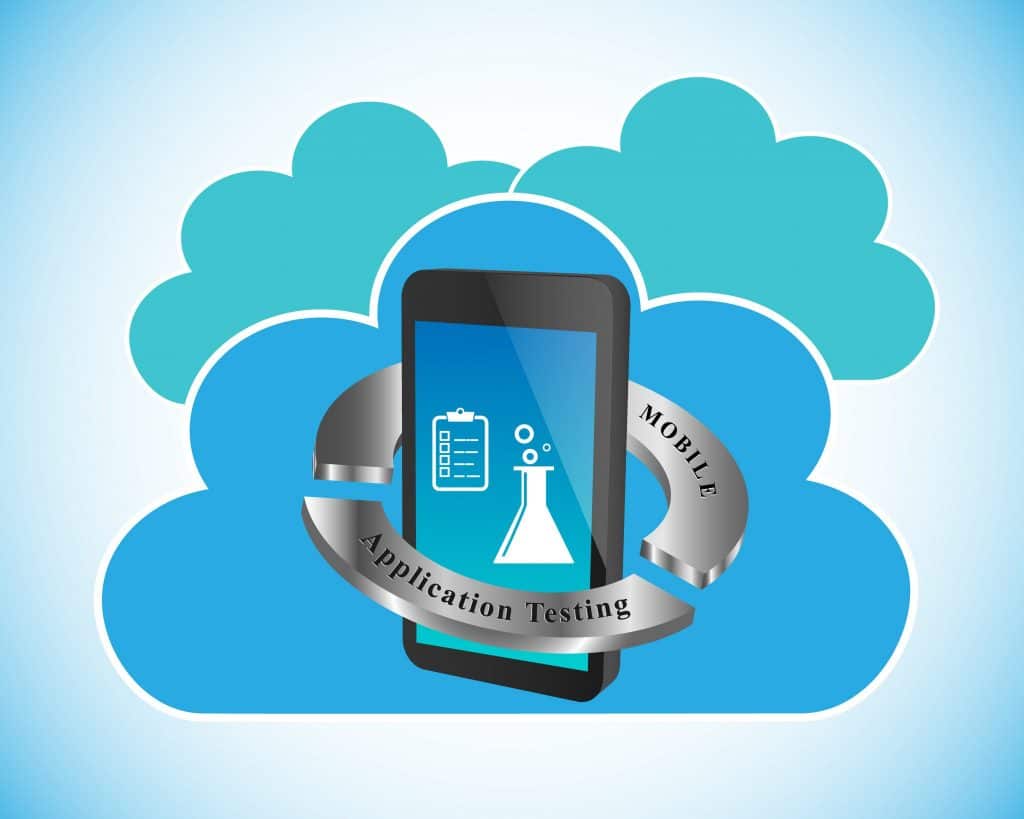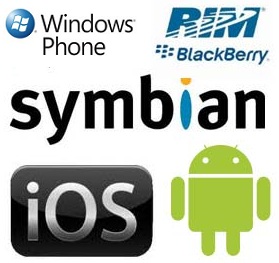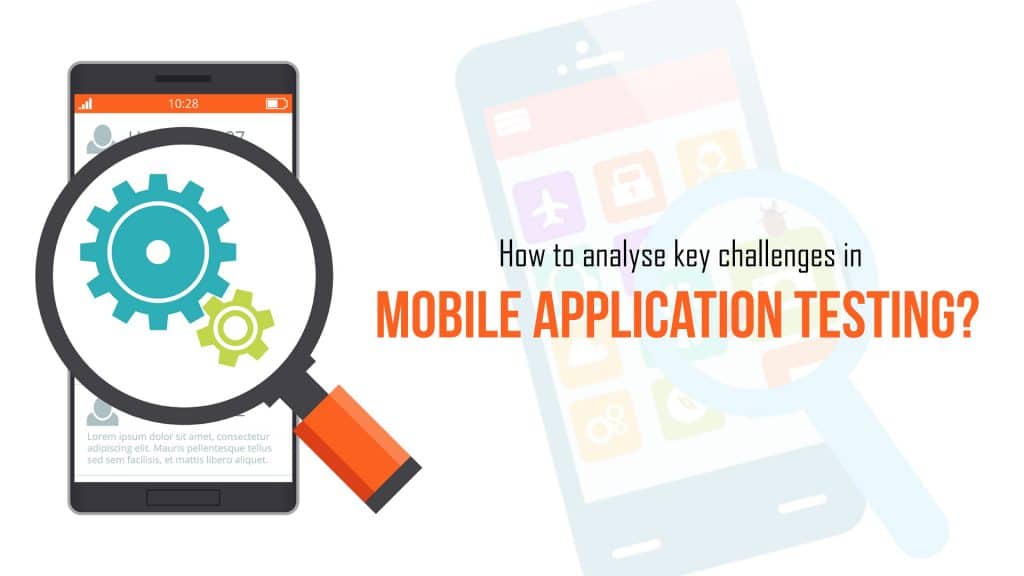Jump to Section
The Smartphone Market Is Huge
Why we are focusing on mobile application testing is because millions and trillions of options are available in the app store (IOS, Android, and Windows), and users have become unforgiving about them. They simply tend to uninstall the app if they find it not user-friendly, not serving the purpose, not giving proper server response, having errors, etc.
Companies want to make the mobile bandwagon quickly as smartphone penetration is increasing and impacting multiple sectors at once. According to research by PEW, roughly three-quarters of Americans means 77% now own a smartphone.

In this article, our focus will be on the main challenges which every tester faces. Finding a solution to overcome all of the challenges depends on the testing strategy that testers and developers apply to their agile development cycle.
Challenges in Mobile Application Testing
Let’s have a look at key challenges in Mobile Applications that are faced while testing mobile apps:
Multiple devices, platforms, and versions
The world of Android, iOS, and Windows is very complex. With everyday new launches and upgrades come various versions, different screen sizes, and compatibility issues. Developers and testers are facing challenges to keep up with this.
It is observed that the QA team doesn’t know the total number of devices an app needs to be tested with before releasing it in the market.
User experience and Usability
The mobile application testing needs to ensure that the apps are absolutely easy to use and the features do not confuse the users. All features should be easily accessible on the screen and should provide the highest value for the users’ time.
The user experience needs to be similar in all smartphones (Android, IOS, and Windows) and platforms. Mobile Apps QA engineers need to ensure that they design and develop separate test cases for mobile testing apps because obviously, the user experience is completely different than desktop usage.
Mobile network operators
This is very critical because, for many apps, the user experience and usability depends on a lot of the performance of the available networks. The app testing challenges increase with increased complexity. Nowadays, people travel very often, changing networks and roaming. Making sure that apps work when users need them at different locations for different networks is a challenge. This may be online or offline, with a weak signal too.
The apps which are supported across multiple locations and are available in multiple languages need to be tested with different operators across multiple countries and states.

Lack of access to multiple devices
At many times, it is possible that two or more testers could require the same device at the same time. This results in one tester being left out waiting until the other tester finishes their work. In case of using multiple devices involves cost incurred, which could also involve additional time.
Moreover, it would be big a problem if testers are placed across continents.
Complexity in application’s architecture
Mobile applications are developed using a variety of frameworks and architectures. There are popular types of mobile applications that are native and hybrid. The behavior of native mobile applications might vary in comparison to the hybrid application. Test planning of different applications needs a different thought process.
This is very challenging for most testing teams as they need to consider various queries such as:
- What are the risks if the functional parts of the framework go wrong?
- What are your key estimations, and how will you test them?
- How would the bugs be fixed? Would there be a need to recreate the design?
Boost battery life
Management of device memory
With new devices getting launched at a frequent pace, the biggest issue of device memory is being eventually resolved. However, not all devices have a larger memory space. The low device memory can surely impact the performance of the application.
While engineering products, do not get irritated about using memory when you need to think about user experience. But at the same time, ensure that you don’t load a whole lot more than what you actually need.
Multiple testing tools
Another challenge for developers and testers is the choice of the right tools for mobile application testing. There are so many tools available that it is not possible to choose from. Unless you have a mobile application testing strategy and you know exactly what you need to make your testing strategy happen, choosing a testing tool is hard.
Unplanned timelines to release the app to the market
The impossibly unplanned timelines might also cause a lot of impact on the testing of mobile applications, as it requires proper requirements, design, development, and testing. Various mobile development stages are closely linked and testing requires to be followed up.
Users demand a shorter delivery time of fewer than 20 days for a mobile application which makes turmoil situations during testing.
Different operating systems
There are many operating systems such as iOS, Android, Windows, Blackberry, Symbian, Bada, to name but a few. With multiple operating systems and various versions of each OS, it is difficult for developers to develop the applications and for testers to test the mobile application and find out defects. Remember, it could work fine on one version but might not work uniformly on some other versions of the same operating system.

Summing It Up
Mobile app testing is more complicated than testing a web application. That’s why a tester faces more challenges in mobile testing. However, having good knowledge in multiple areas like technology (requires multiple tools), software, hardware, usability, and user experience, can save your time and efforts!
- COVID-19: How We Are Dealing With It as a Company - March 23, 2020
- Agile Testing – The Only Way to Develop Quality Software - February 8, 2019
- How to Perform System Testing Using Various Types Techniques - May 16, 2018


wow….you always share the good information. I do follow your blogs and always waiting for the next one.
Keep going…
Thanks a ton!!!!!!
Really appreciate your efforts . Good work
Thanks a lot..